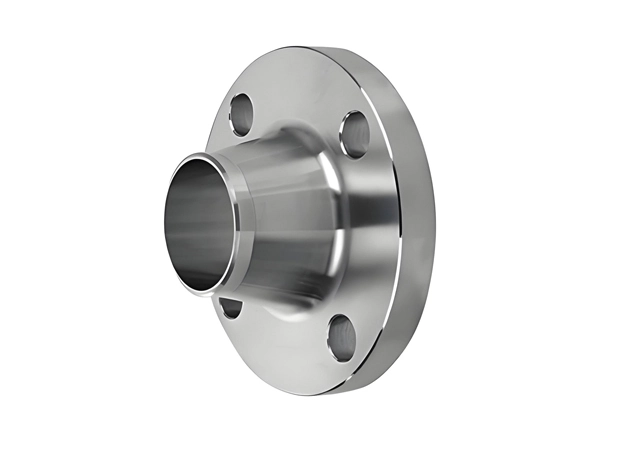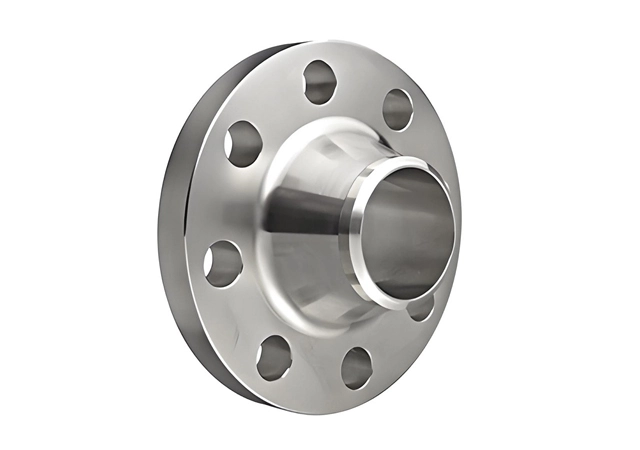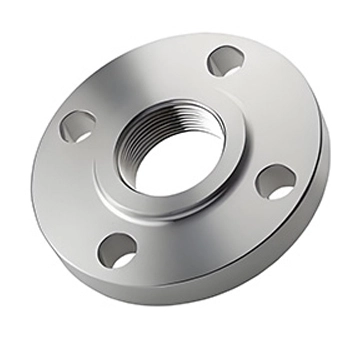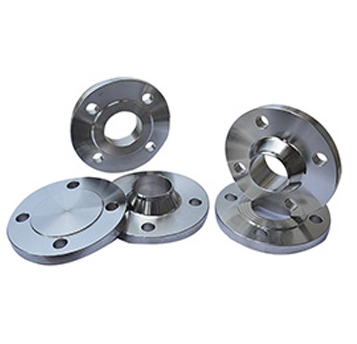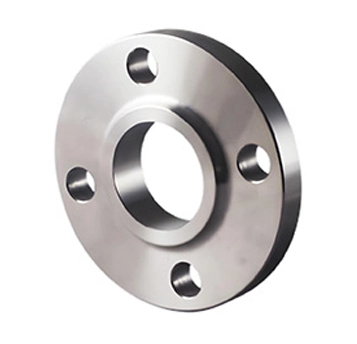A DIN flange is a type of flange connector that conforms to the German industrial standard DIN (Deutsches Institut für Normung). These flanges are widely used in Europe for connecting pipes, valves, pumps, and other equipment in various industrial applications.
They are characterized by their metric dimensions and bolt-hole patterns, which differ from other flange standards such as ANSI. DIN flanges come in several types, including welding neck, slip-on, threaded, and blind flanges, each designed for specific applications. Their primary function is to provide secure, leak-free connections in piping systems, ensuring structural integrity and reliability.
Key Standards
DIN EN 1092-1: This standard specifies the dimensions, tolerances, and technical delivery conditions for steel flanges. It covers various types of flanges, including welding neck, slip-on, blind, and threaded flanges.
DIN 2501: This standard provides specifications for steel pipe flanges, including dimensions and pressure ratings.
DIN 2631 to DIN 2637: These standards cover specific types of flanges, such as welding neck flanges, slip-on flanges, and blind flanges, with different pressure ratings.
Pressure Ratings
PN system:DIN flanges are rated according to the PN (Pressure Nominal) system. This system indicates the maximum pressure the flange can withstand at 20 °C in bars. Common PN ratings include PN 6, PN 10, PN 16, PN 25, PN 40, and PN 64. The higher the PN rating, the greater the pressure the flange can bear.
Flange Face Designs
Raised Face (RF): This design features a raised surface where the gasket is placed, providing an additional sealing surface. It is suitable for high-pressure applications.
Flat Face (FF): The gasket sits flush with the flange face, making it suitable for low-pressure applications.
Bolt Hole Patterns
DIN flanges have specific bolt hole patterns that differ from those of ANSI flanges. These patterns are standardized to ensure compatibility and proper alignment during installation.
Carbon Steel: DIN flanges use carbon steels like A105, SS400, and S235JRG2. They have different strength and weldability levels, suitable for general, water supply/drainage, and low-pressure pipeline systems.
Stainless Steel: F304, F304L, F316, and F316L are used. F304 has good corrosion resistance, F304L better weldability. F316 is more corrosion-resistant, and F316L for high-risk scenarios.
Alloy Steel: Chrome molybdenum steels like P91/F91 and P22/F22 offer high strength and heat resistance for power plant pipelines. Duplex stainless steels like 2205 and 2304 suit harsh environments.
1. Petrochemical Industry
Used in pipelines for transporting oil, gas, and chemicals. Suitable for high-pressure and high-temperature environments.
2. Food and Beverage
Employed in processing plants for handling food products and beverages, ensuring hygiene and cleanliness.
3. Pharmaceutical Industry
Used in manufacturing plants for handling pharmaceutical products, ensuring purity and compliance with industry standards.
4. HVAC Systems
Installed in heating, ventilation, and air conditioning systems for efficient fluid flow and pressure control.
5. Water Treatment Plants
Used in pipelines for water distribution and treatment, ensuring durability and resistance to corrosion.

 EN
EN
